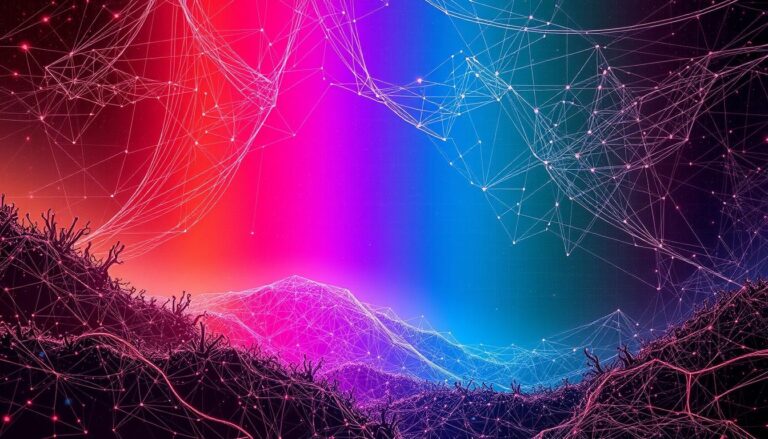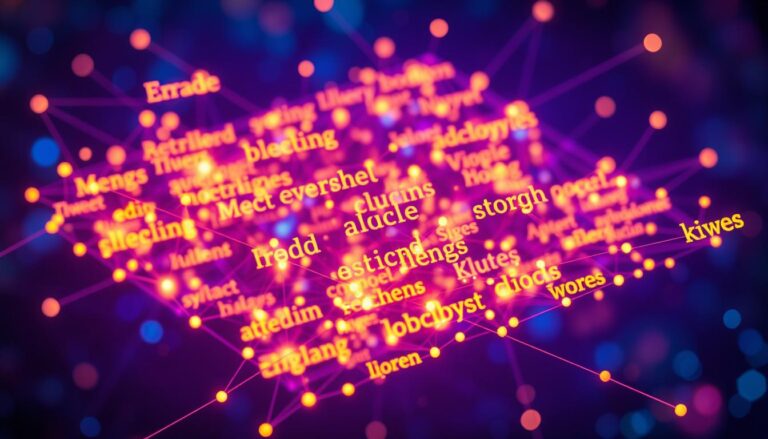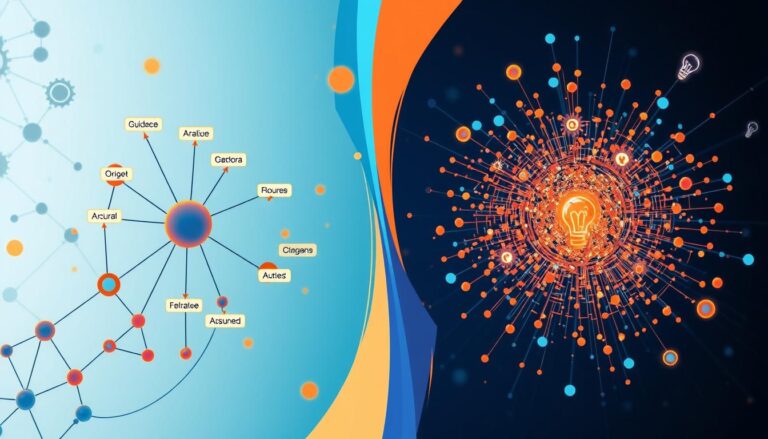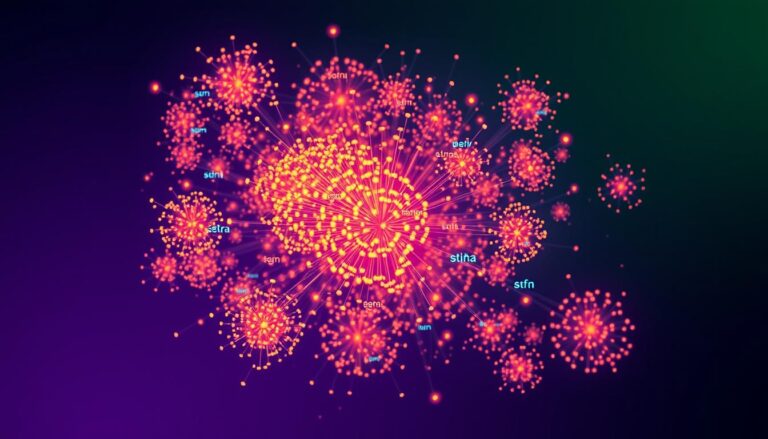What is a Recurrent Neural Network (RNN), and how is it used in sequence prediction?
Recurrent Neural Networks (RNNs) are a special kind of deep learning model. They are great at handling data that comes in a sequence, like time series data. Unlike regular neural networks, RNNs remember what came before to help with the current task.
This makes them perfect for tasks like understanding language, recognizing speech, and predicting future trends. The ability to remember past inputs is key for making accurate predictions.
RNNs use a method called backpropagation through time (BPTT) to get better over time. They can handle long-term sequences but sometimes struggle with training due to issues like vanishing or exploding gradients. Still, RNNs are a powerful tool for solving sequence prediction problems in many areas, from Deep Learning to Artificial Intelligence.
RNNs are used in many sequence prediction tasks, like translating languages, understanding speech, and creating captions for images. They are found in apps like Siri and Google Translate, showing their practical use. Their ability to remember and process sequential data makes them essential in the fast-growing field of Artificial Intelligence and Machine Learning.
Introduction to Deep Learning
Deep Learning is a key part of Artificial Intelligence (AI) and Machine Learning. It uses complex neural networks to think like humans. These models can recognize images, understand language, and even recognize speech.
What is Deep Learning?
Deep Learning is a smart way to learn from big data. It uses deep neural networks, like the human brain, to find patterns. Unlike old methods, Deep Learning finds important features on its own, solving tough problems.
How Deep Learning Works
- Deep Learning models are trained on huge amounts of data, like images or text.
- They learn by adjusting their layers to spot patterns in the data.
- As they learn more, they get better at making predictions, helping in many areas.
- Special algorithms, like CNNs and RNNs, are made for different data types.
Deep Learning has changed the game in AI and Machine Learning. It’s used in many fields, from healthcare to entertainment.
Recurrent Neural Networks (RNNs)
Recurrent Neural Networks (RNNs) are a special kind of deep learning model. They are great at handling sequential or time-series data. Unlike feedforward neural networks, RNNs have an internal memory. This memory lets them use past inputs to shape their current output.
This unique ability makes RNNs perfect for tasks like natural language processing, speech recognition, and time-series forecasting.
Distinguishing Features of RNNs
RNNs are different from other neural networks in several ways:
- Internal Memory: RNNs can remember and use past inputs. This helps them understand the context and relationships in sequential data.
- Recurrent Connections: RNNs have connections that let information flow back from the output to the input. This creates a feedback loop that improves the network’s grasp of the input sequence.
- Variable Input Length: RNNs can handle input sequences of different lengths. This makes them useful for a wide range of applications.
Applications of RNNs
Recurrent Neural Networks have many uses across various domains:
- Natural Language Processing (NLP): RNNs are great at tasks like language modeling, machine translation, text generation, and sentiment analysis.
- Speech Recognition: RNNs, especially Long Short-Term Memory (LSTM) networks, have greatly improved speech recognition. They outperform traditional models.
- Time Series Forecasting: RNNs are good at modeling and predicting time-series data. This includes stock prices, weather patterns, and customer demand.
- Image Captioning: RNNs, when paired with Convolutional Neural Networks (CNNs), have enhanced automatic image captioning.
- Video Analysis: RNNs can be used for tasks like action recognition, video classification, and video summarization. They are essential for understanding temporal relationships.
The versatility and strength of Recurrent Neural Networks have made them crucial in Artificial Intelligence and Machine Learning. They have driven progress in areas like Natural Language Processing and Computer Vision.

Deep Learning Architectures and Models
Deep learning has changed the game in Artificial Intelligence (AI) and machine learning. It has made big impacts in areas like computer vision and natural language processing. The Convolutional Neural Network (CNN) is a key player in image recognition and classification.
Convolutional Neural Networks (CNNs)
Convolutional Neural Networks are made for handling visual data. They’re great at image recognition, object detection, and image segmentation. Their design makes them perfect for these tasks.
CNNs have convolutional, pooling, and fully connected layers. The convolutional layers pull out important visual details. Pooling layers shrink the size of these details. Fully connected layers do the final classification or prediction.
CNNs are amazing because they learn important features on their own. This means you don’t have to manually pick out these features. It’s a big win for computer vision, where finding patterns can be tough.
CNNs are used in many fields like healthcare, self-driving cars, security, and social media. They help in medical image analysis, object detection in cars, and facial recognition in surveillance.
As deep learning grows, researchers are looking into new ways to make CNNs better. They want to see how far they can push the limits of Artificial Intelligence, Computer Vision, and Image Recognition.
Advantages and Challenges of RNNs
Recurrent Neural Networks (RNNs) have big advantages over traditional neural networks. They are great at handling sequential data. This means they can remember past inputs and make smart decisions based on them.
RNNs are perfect for tasks like speech recognition and machine translation. They can process inputs of any length and share weights, making training more efficient. They use activation functions like Sigmoid and ReLU to work well.
But, RNNs also have challenges. The vanishing and exploding gradient problems can make training hard, especially for long sequences. They are also slower than other networks like Feedforward Neural Networks (FNNs).
New RNN architectures like Long Short-Term Memory (LSTM) and Gated Recurrent Units (GRU) help solve these problems. LSTMs are complex but powerful, while GRUs are faster and simpler. Bidirectional RNNs can look at both past and future, improving their performance.
Despite these challenges, RNNs are very useful. They outperform traditional methods in tasks like sentiment classification and machine translation. Their ability to handle sequential data and remember past inputs makes them key in Artificial Intelligence and Machine Learning.
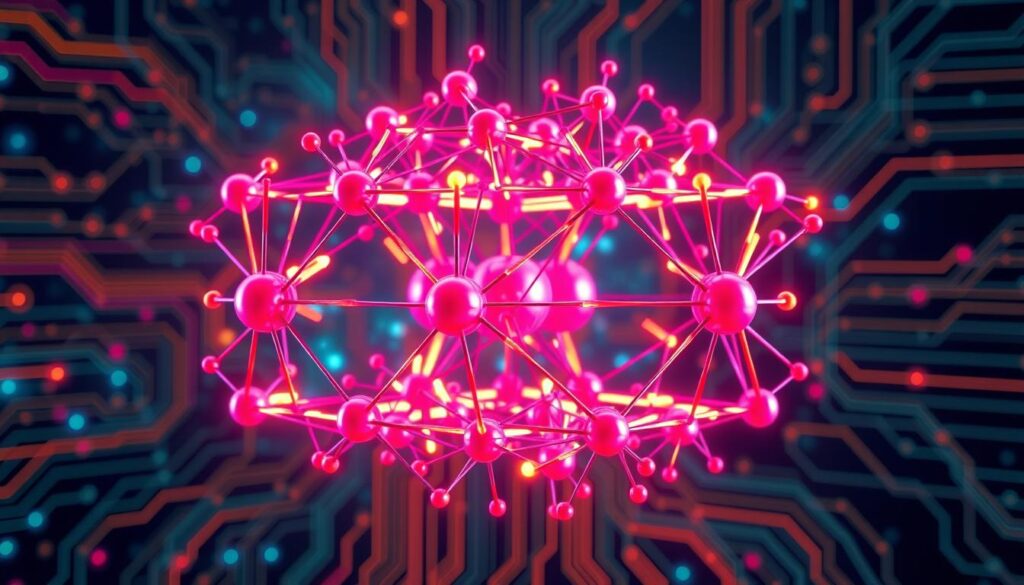
Deep Learning in Sequence Prediction
Deep Learning, especially Recurrent Neural Networks (RNNs), is key for many sequence prediction tasks. RNNs are great at handling sequential data. They use past inputs to make accurate predictions.
Role of RNNs in Sequence Prediction
RNNs are perfect for sequence prediction because they remember past inputs. This helps them find patterns in sequential data. They work well in natural language processing, speech recognition, and time series forecasting.
In natural language processing, RNNs guess the next word based on what came before. For speech recognition, they analyze audio frame by frame. This helps them create accurate transcripts.
RNNs also excel in time series forecasting. They learn complex patterns in data sequences. This lets them make accurate predictions of future values.
| Metric | Value |
|---|---|
| Training Data Size | 100 observations |
| Network Architecture | LSTM layer with 200 hidden units, followed by a fully connected layer of size 50 and a dropout layer with 0.5 probability |
| Training Duration | 60 epochs with mini-batches of size 20 |
| Optimization Algorithm | adam solver with a learning rate of 0.01 |
| Feature Preprocessing | Removal of constant features across time steps |
| Target Clipping | Clipping of responses at a threshold of 150 |
| Test RMSE | 21.1070 |
The table shows important details about using a Recurrent Neural Network (RNN) for sequence prediction. It highlights the model’s architecture, training, and how well it performed. This gives us a better understanding of RNNs in sequence prediction.
Conclusion
Deep Learning and Recurrent Neural Networks (RNNs) have changed Artificial Intelligence a lot. They help us predict sequences better than before. RNNs are key in many areas, like understanding language and analyzing trends.
Now, RNNs work with other networks, like CNNs, to solve tough problems. This makes them even more useful. The future of AI looks bright, thanks to these advancements.
But, there are still hurdles, like making AI easier to understand and needing lots of data. Despite these, AI has the power to change many fields and help us tackle big issues. The work in AI, led by Deep Learning and RNNs, is exciting and full of possibilities for a smarter world.

